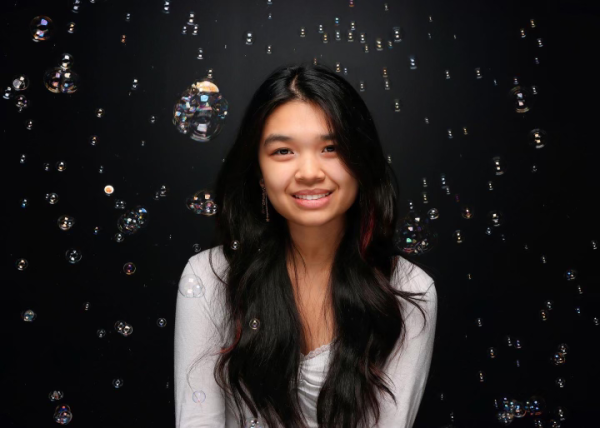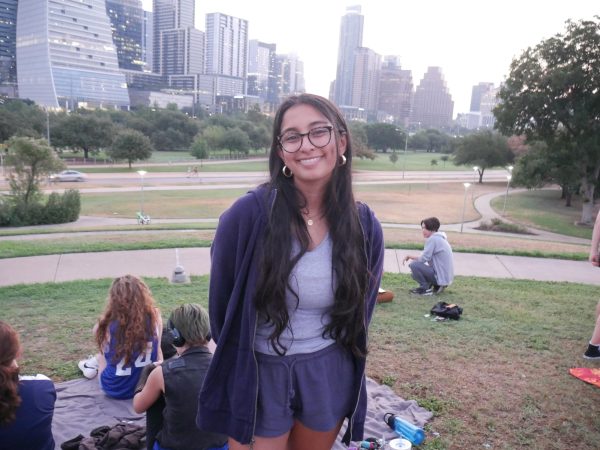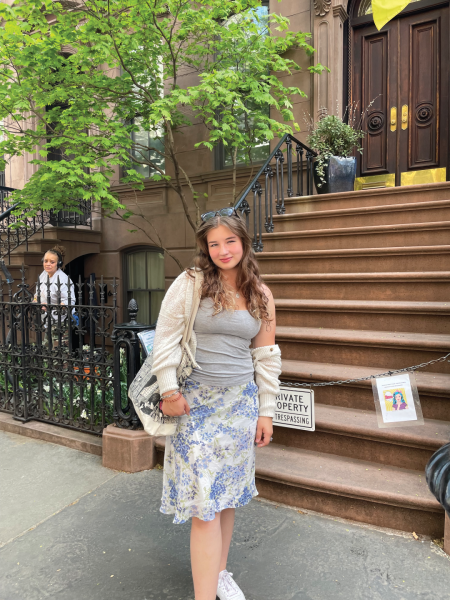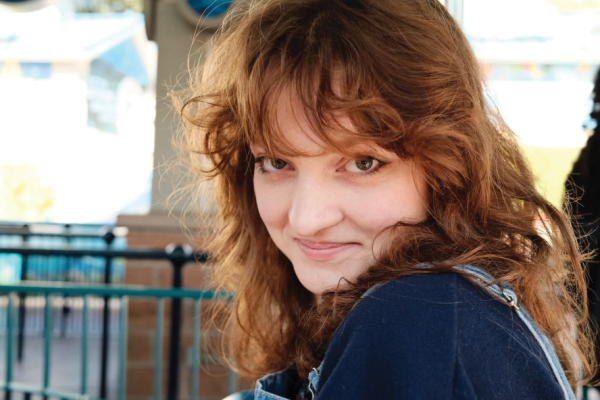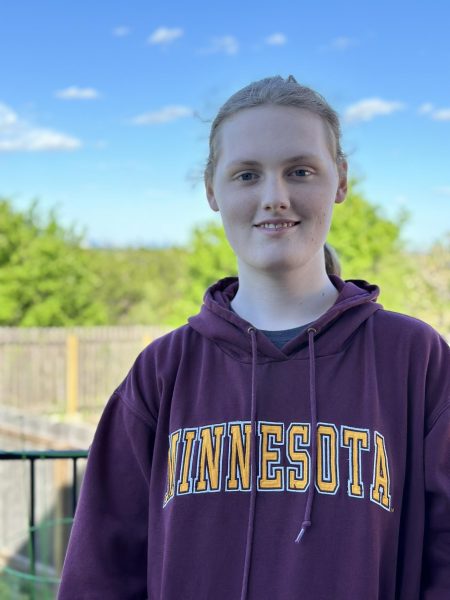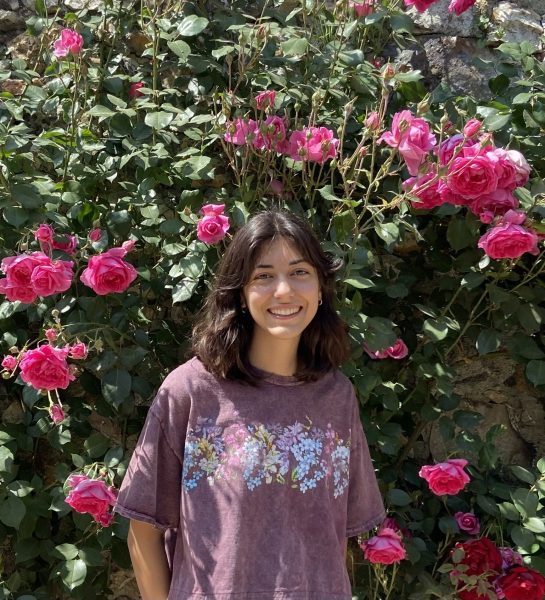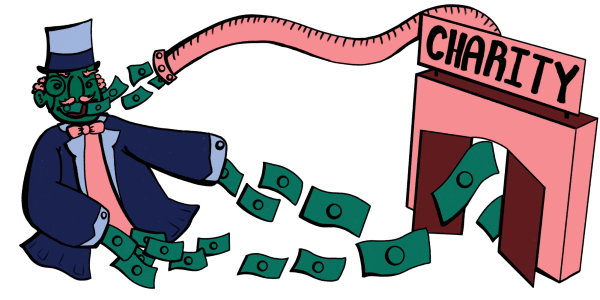College Perpetuate Elitism
Use Exclusive Admissions Processes
October 19, 2022
Preparing for college has always been an anxiety-inducing endeavor, but the path to admittance is increasingly difficult. We have a broken system that perpetuates classism and undue stress on students and their families. It’s time for colleges and universities to overhaul their application process and make it easier for themselves and for high school students preparing for the future.
In May, The Wall Street Journal published a story following Kaitlyn Younger, a girl from Texas who had gone above and beyond in every area of her life in hopes of getting into an Ivy League school. She had been a standout student her whole life. Kaitlyn earned a 1550 on her SATs and graduated high school with a 3.95 unweighted GPA. She performed in and directed multiple plays, sang in the school choir, scored high grades in more than 10 advanced placement classes, helped run a summer camp, and worked part-time. Given her extensive resume and hard work for years, she felt confident when she applied to top schools: Stanford, Harvard, Yale, Brown, Cornell, Penn, the University of Southern California, and others. They all rejected her.
Kaitlyn’s story is part of a larger trend. College acceptance rates are at an all-time low. According to a college counseling website Prepory, Boston College’s acceptance rate dropped from 32% to 16% in 2022. Northeastern’s acceptance rate similarly dropped from 20% to just 7% in 2022. According to Douglas Belkin of the Wall Street Journal, Harvard, always elite but now seemingly impossible, only accepted 3.2% of applicants last year. Brown took in 5%, and Yale 4.5%. But it’s not just an Ivy League school trend. It is increasingly harder to get in at state schools, too. Here in our own backyard, the acceptance rate for the University of Texas at Austin has dropped from 40.4% in the 2016-2017 school year to 32% in the 2019-2020 school year.
The plummet in acceptance rates is largely due to a massive increase in applications, according to UT News. Many students feel pressured to apply to more universities to increase their chances of being accepted because acceptance rates are lower, but more applicants simply perpetuates the problem and the vicious cycle continues. During and after the pandemic, the application surge was particularly large because everyone had extra time to give. According to Sarah Wood from US News and World Report, on average, students applied to seven schools in 2021, up from 6.1 in 2020. Wood states that this was because students wanted to find the most cost effective college choice during this time, and needed more options.
Not only is applying to college stressful; it is expensive. This is part of what makes the application process classist and unfair to families who lack the financial means for multiple application fees and to invest in extra help to be optimally prepared for applications. Each application can cost upwards of $70. With the average student applying to seven schools now, that could cost a family $630 just to apply. Investments to help support chances of success can include hiring tutors, SAT coaches, or personal college admissions advisors who can cost around $200/hr or several thousand dollars for package service, according to the U.S. News and World Report.
Additionally, students’ options in applications are also impacted by their financial situation. If students apply through the early decision path, they show more interest in the college which can help students get accepted. Certain elite schools, for example, focus on early applicants and some choose them to make up up to 50% of their student body. Alyse Levine from Premium Prep states that admission rates for those that are able to apply early skyrocket. An example of this could be Northeastern university’s acceptance rate, which shoots up from 7% to 33% if students decide to apply early decision instead of applying regular decision.
Early decision dramatically increases chances of acceptance, but early decision forces students to go to a certain college if they get accepted no matter if they can afford it. High-achieving high school students from lower income families are less able to pursue because of the financial implications. Students also lose financial aid matching and negotiating opportunities with early decision applications because they already committed to the school instead of being able to weigh their options based on price. Ultimately, we’ve gotten to a point where the arbitrary, unpredictable application process that the affluent and well-connected can use to their advantage leaves the majority of other people feeling like they must give up their aspirations.
In order to solve this issue, the college application process needs a redesign. Less wealthy students need access to the same resources that more affluent applicants get, and eliminating early admittance would level the playing field while also reducing stress. Another way to deal with part of the problem could simply be expanding space, faculty, or resources to support the admission of more students. Expanding the size of elite schools by 10-15% to make room for more applicants could be a viable solution. This would also make sense because the number of college applicants has nearly doubled since 1970, while acceptance rates have plummeted, according to the National Bureau of Economic Research.
Lastly, there needs to be more support to student’s mental health throughout the process, as applying is a taxing process that is so heavy that many students forget to think about themselves. Students have to balance their senior year classes, extracurriculars, college applications, and familial relationships during the process of applying, the stage of anxiety while waiting for acceptance letters, and the process of coping afterwards if they are rejected from some of their dream schools. Students need to know that they have resources and people to look to during these times when they push themselves to their limits, and that not being accepted to a specific college won’t close a substantial amount of doors for their future. This is why we also need to destigmatize the idea of Ivy Leagues and elite schools being the only ones that provide opportunities for students, and push the idea of prioritizing mental stability and health over all.


